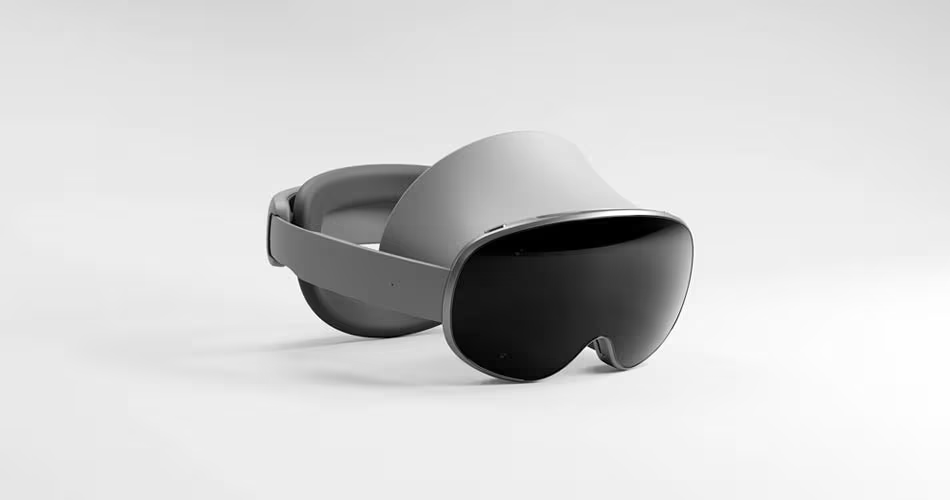Samsung’s 2025 XR headset will feature 3,800 PPI OLEDoS displays, surpassing Apple’s Vision Pro in resolution for a sharper, more immersive AR/VR experience.
Samsung’s 2025 XR Headset to Feature Sharper Displays Than Apple’s Vision Pro
According to The Elec, Samsung’s upcoming XR headset is shaping up to be a serious competitor to Apple’s Vision Pro, with more advanced OLEDoS displays that could raise the bar for visual quality in AR/VR.
A Pixel-Packed Punch
Samsung’s device will reportedly feature 1.3-inch OLEDoS microdisplays with a pixel density of around 3,800 PPI (pixels per inch). That’s noticeably higher than the 3,391 PPI found on Apple’s Vision Pro, which uses 1.42-inch Sony-made OLEDoS panels.
While the slightly smaller size might result in a narrower field of view, the tradeoff is sharper, more detailed visuals which is a key factor for immersive XR experiences where clarity makes or breaks the illusion.
OLEDoS: The Future of AR/VR Displays
OLEDoS (OLED on Silicon) tech enables ultra-high-resolution screens in compact form factors—perfect for headsets. Apple’s Vision Pro helped mainstream this display innovation, but Samsung is clearly ready to take it a step further.
Samsung is reportedly considering sourcing panels from both Sony and Samsung Display, though Sony remains the primary supplier for now. However, Sony has been cautious with scaling production, having previously turned down Apple’s request to ramp up Vision Pro output. The company’s focus on its entertainment empire means display expansion takes a backseat.
What to Expect from Samsung’s XR Headset
Slated for a 2025 launch, Samsung’s headset aims to deliver a premium mixed reality experience that could leapfrog Apple in display fidelity. With next-gen microdisplays, Samsung’s XR could offer not just more pixels, but a more immersive, retina-grade visual experience.
While details on features and software are still under wraps, one thing’s clear: the race for XR dominance is heating up, and Samsung isn’t pulling any punches.







Comments